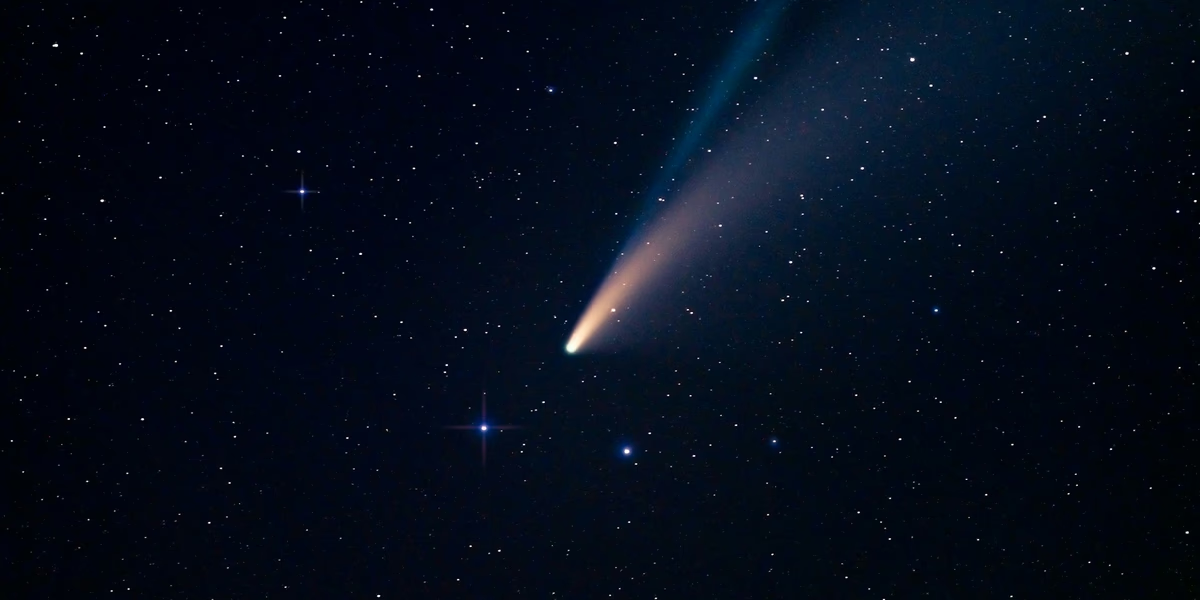Unveiling the Mysteries of Halley’s Comet: A Celestial Visitor Across Millennia
Introduction
Have you ever gazed upon the night sky and marveled at the fleeting streaks of light? Among these celestial wonders lies a unique visitor, a comet that graces our skies with its presence every 75 to 76 years – Halley’s Comet. For centuries, this cosmic marvel has captivated humanity, inspiring awe, wonder, and even superstition. In this blog post, we’ll embark on a journey to unravel the mysteries of Halley’s Comet, exploring its composition, orbit, historical sightings, and future appearances.
History and Mythology
Halley’s Comet boasts the distinction of being the first comet recognized as periodic. Early civilizations, including the Babylonians, Chinese, and Greeks, documented its appearances as far back as 240 BC. These cultures often wove the comet’s return into their myths and legends, associating it with war, famine, or impending doom. However, the pivotal moment arrived in 1687 when Edmond Halley, a renowned astronomer, meticulously studied historical accounts of comet sightings. He recognized a pattern, predicting that the comet observed in 1682 would return in 76 years. True to his prediction, the comet reappeared in 1758, forever etching its name in astronomical history as Halley’s Comet.
Composition and Structure
Halley’s Comet is classified as a short-period comet, meaning its orbital cycle is less than 200 years. It comprises a dusty, icy nucleus, often referred to as the “dirty snowball” model. As the comet ventures closer to the sun, the sun’s heat vaporizes some of the ice, forming a glowing coma (head) and a long, trailing tail composed of dust and gas particles. The tail, illuminated by the sun, points away from the sun due to the pressure of solar radiation and the solar wind.
Orbit and Visibility
Halley’s Comet follows an elliptical orbit around the sun, taking it beyond the orbit of Neptune at its farthest point. This extended journey results in its lengthy return period of approximately 75 to 76 years. During its closest approach to the sun, the comet ventures inside the orbit of Mars, placing it within viewing distance from Earth. Its visibility can vary depending on its proximity to the sun and Earth, as well as the angle of the sun’s glare.
Past Observations and Future Encounters
The most recent sighting of Halley’s Comet occurred in 1986, when several spacecraft, including the European Space Agency’s Giotto and the Soviet Union’s Vega 1 and Vega 2, were able to capture close-up images of its nucleus. These missions provided invaluable insights into the comet’s composition and structure. The next anticipated return of Halley’s Comet is predicted for around mid-2061. By that time, advancements in astronomical technology may allow us to observe it with even greater detail.
Conclusion
Halley’s Comet serves as a celestial bridge, connecting humanity’s past, present, and future. Its enduring presence reminds us of the vastness of our universe and the wonders that lie beyond our planet. As we eagerly await its next return, ongoing astronomical research promises to unveil even more secrets about this captivating cosmic visitor.
